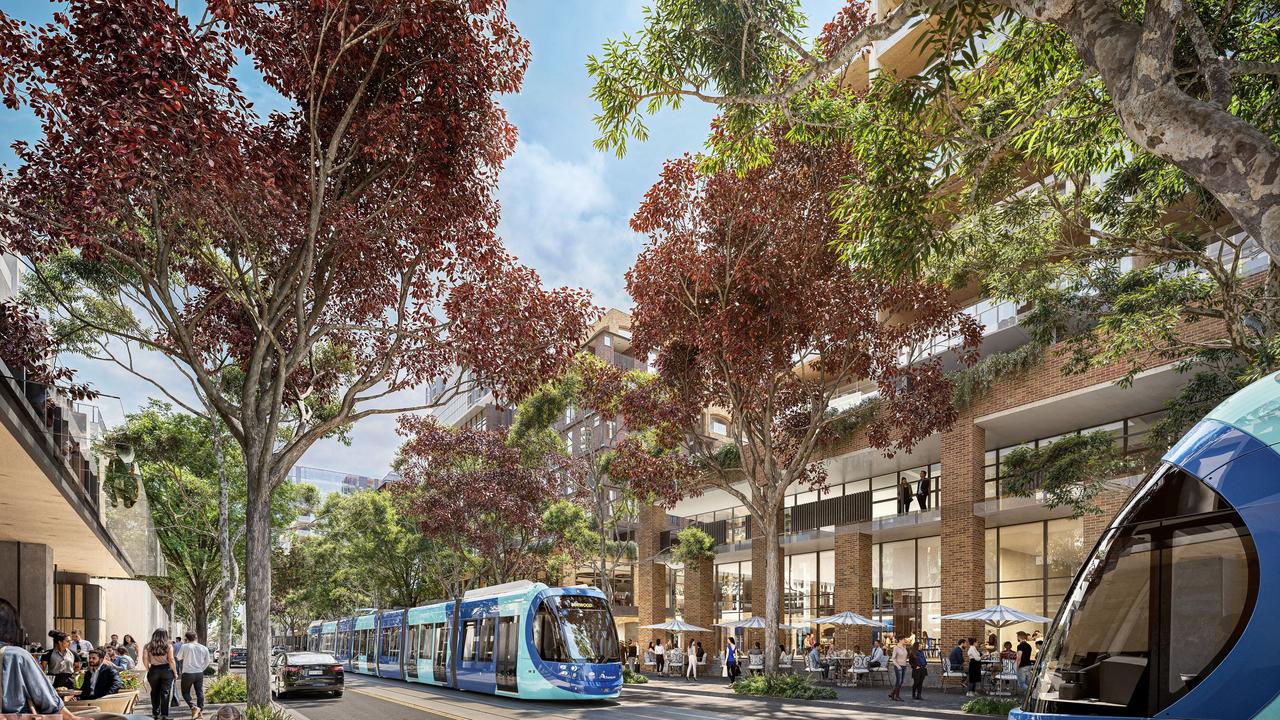Travel time to essential services in Sydney suburbs will take longer by 2031
Travel time to a hospital, school or childcare is expected to blowout in Sydney’s outer suburbs as population growth outstrips infrastructure development. And, depending on where you live, it will be vastly different to 2016. TIME BY SUBURB LIST
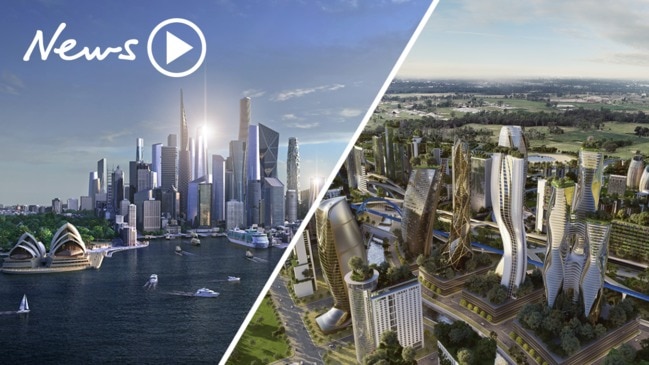
NSW
Don't miss out on the headlines from NSW. Followed categories will be added to My News.
Travel times to essential services like schools, hospital and childcare are expected to blowout in Sydney’s outer suburbs as population growth outstrips new infrastructure development.
Thousands of people in Sydney’s north west will spend more time behind the wheel or on trains and buses to get critical services in peak morning traffic — between 7am and 9am — by 2031, according to an Infrastructure Australia report.
The booming population would not impact all suburbs equally however, with some close neighbours expected to experience vastly different travel times.

RELATED NEWS:
City of the future: What Sydney will look like in 2040
Taller buildings to reflect growth of Parramatta
Driving to the nearest secondary school for residents in Blacktown North would take 8.7 minutes or 35.4 minutes by public transport — an increase of almost a third compared to 2016.
Yet in nearby Blacktown the predicted travel is far less, estimated to be 5.1 minutes by car and 22.1 minutes by public transport in 2031.
While the predictions take into account more than 90 proposed transport projects — including WestConnex, NorthConnex and Sydney metros in the northwest, city and southwest — 46 new and redeveloped schools slated for development by the NSW Government have not been factored in.
Travelling to the nearest existing hospital by car is expected to jump by 20 per cent for Baulkham Hills residents to 31.6 minutes, while the drive will increase by a third for Liverpool residents, taking 17.7 minutes.
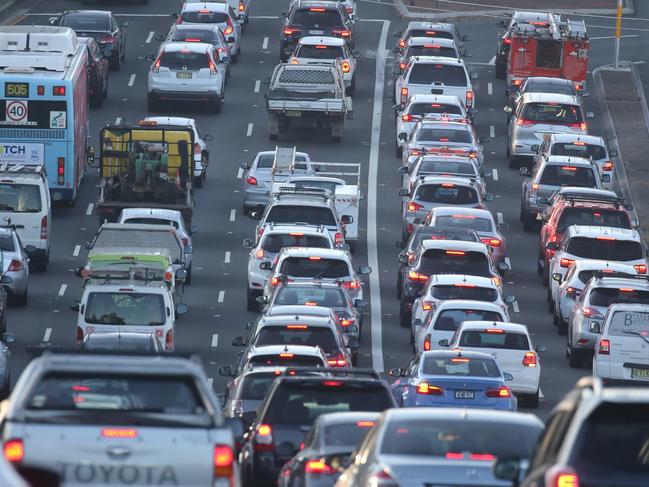
Areas expected to experience significant increases in travel time in the next 10 years also include Auburn, Bringelly, Rouse Hill, McGraths Hill and Wollondilly.
While residents in Cronulla, Strathfield, Epping, Parramatta and Richmond can expect slightly faster travel times to nearby services by 2031.
Infrastructure Australia has mostly attributed the increase in travel times to population growth, with people relying on public transport impacted the most.
“Demand on Sydney’s road and rail networks is forecast to increase by 2031,” the report said.
“As a result, the performance of key corridors is likely to decline substantially, causing significant delays for motorists and, to an extent, users of buses.
“Increasing demand can also increase crowding on public transport services if service frequencies do not keep pace.”
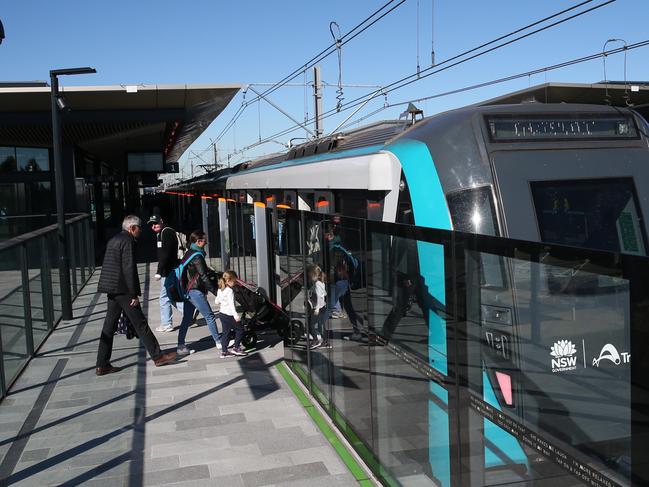
MORE NEWS
Man in court after alleged abortion bill threat against MP
‘Boy seen in car’ day of Tyrrell disappearance
Sydney Airport auctions off lost property
A spokeswoman for NRMA said precinct planning was “more important than ever” to make it easier for residents — particularly those with children and the elderly — to access essential services.
“As our population grows and density increases, delays are extending well beyond our arterial network to the corridors connecting our social services,” she said.
“As most Sydneysiders will attest, accessing these services as well as local shopping villages and recreational facilities by public transport is also fraught with difficulty.
“While Sydney is seeing more infrastructure projects underway than ever before, this investment must continue if we are to avoid these dire congestion predictions.”
Labor’s infrastructure spokeswoman Catherine King said the predicted travel time blowouts for Blacktown North and Rouse Hill communities were particularly concerning given the Federal Government excluded the local council from its Western Sydney City Deal.
“This makes no sense given the size of this council and its location,” she said.
“We recognise the need for a genuinely strategic approach to supporting continued growth in Western Sydney while sustaining quality of life for people who call it home”.
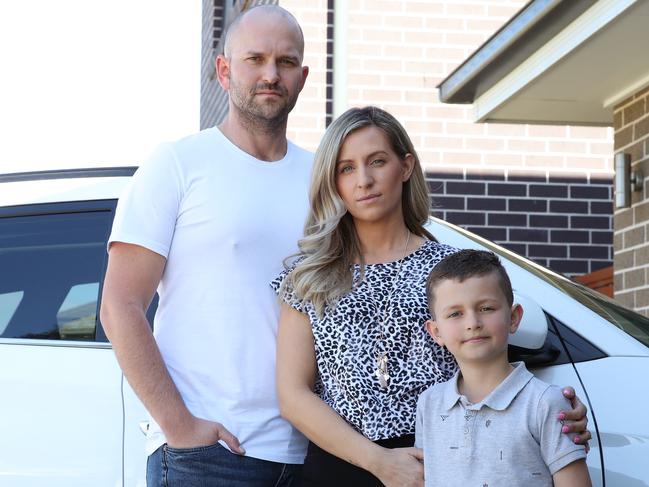
Ponds resident Betty Mastrippolito said her family avoided cars or public transport where possible by walking or cycling to school or employment.
“It’s actually faster for my husband to cycle to work than to drive, he can just zoom past all that congestion,” she said.
Ms Mastrippolito said while the new metro line had “greatly improved” public transport access to the area, congestion on the roads was still a major concern.
“Even during the day in non-peak hour the traffic can be bad,” she said.
“There are many units under construction in the area at the moment so I don’t know now how the area will cope when those are completed.”
In nearby Blacktown, beauty salon owner and mother-of-two Leanne Leach said she is currently able to drive her daughter Kyla, 12, to high school in about three minutes, but worries if that would be possible when her new baby Karissa reaches that age.
“I think for Karissa it will be a lot different because there will be much more development when she’s older, even I will have to find childcare that’s close and not full,” she said.
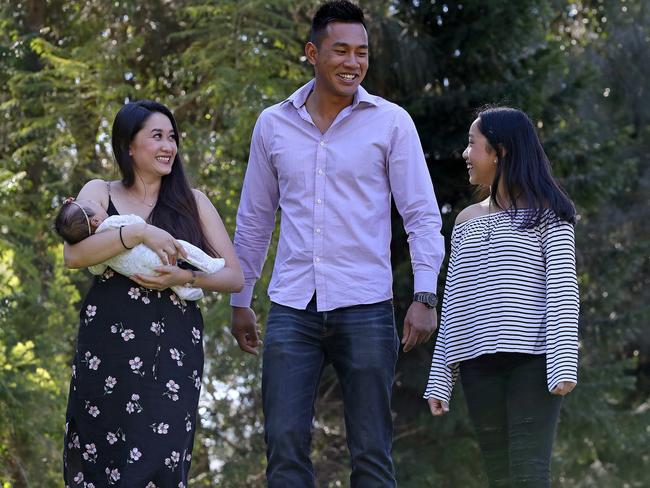
Ms Leach said she is currently able to commute to work in about seven minutes, but her partner Keith Mateo drives at least 50 minutes in non-peak hour traffic.
“If it’s peak then it’s longer,” she said.
“I try to go down M7 but it ends up so expensive and even since the new M4, with the toll I feel it’s still harder to drive to the city.”
Population, Cities and Urban Infrastructure Alan Tudge said there was “no doubt” congestion was an issue in capital cities, pointing to the government’s recent $3 billion Urban Congestion Fund as one solution not factored in by Infrastructure Australia.
“This is why this Government has cut the migration rate, massively invested in congestion busting infrastructure and put in plan in place for Australia’s future population,” he said.
“While the congestion modelling does not take into account our recent significant infrastructure and population measures, it does highlight the importance of continuing our congestion busting program.”
Originally published as Travel time to essential services in Sydney suburbs will take longer by 2031


